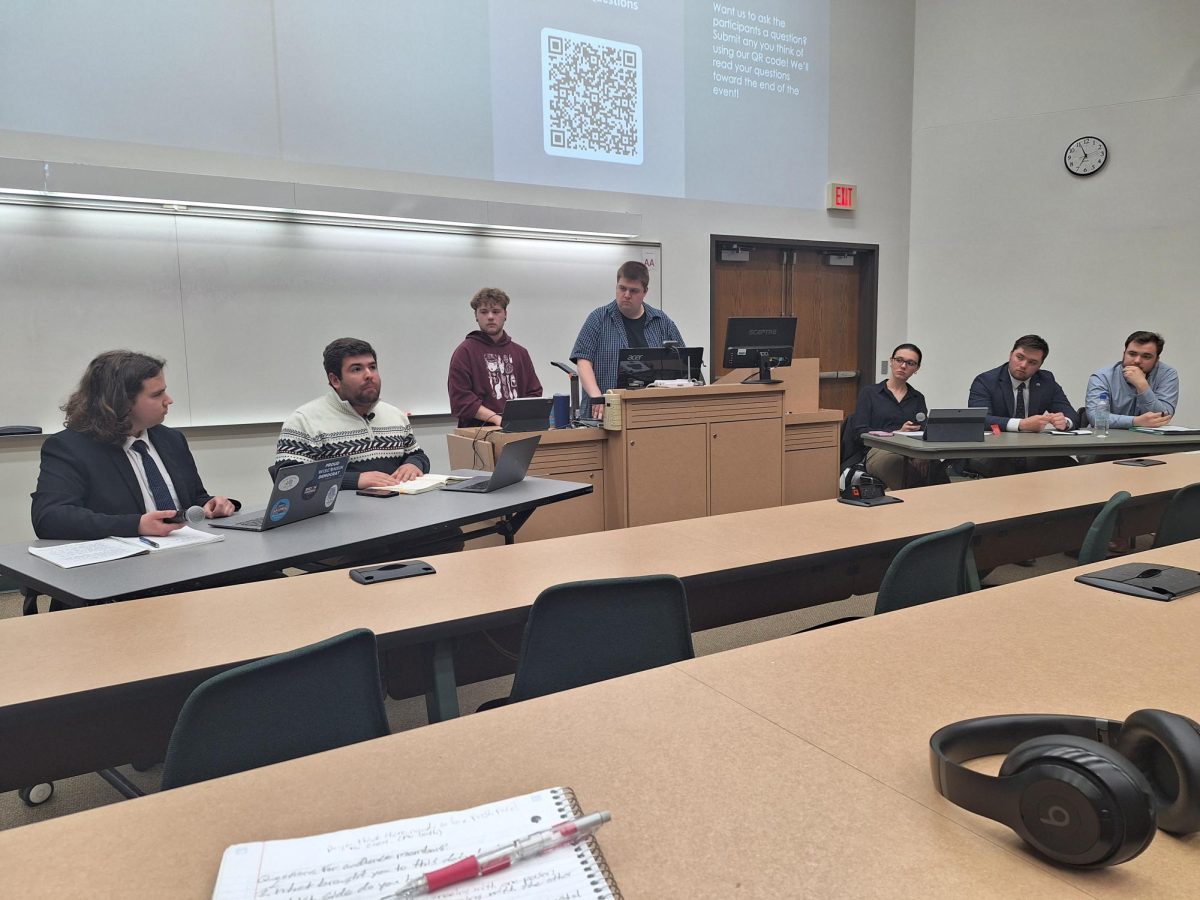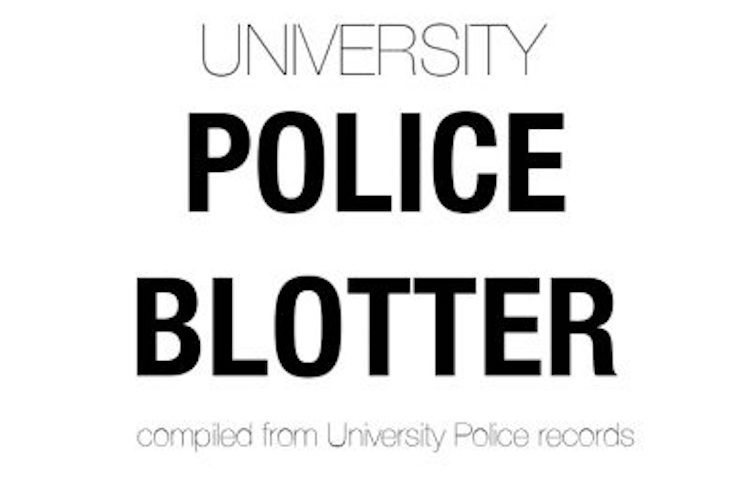The results of research on an antifungal drug by several UW-Eau Claire students and a chemistry professor was published in January in a science journal.
Professor Scott Hartsel has been researching amphotericin B, a drug used to treat fungal infections in people with weakened immune systems, such as patients with cancer, AIDS and organ transplants. Throughout the years several students have collaborated with him on the research.
Their research appeared in the Journal of Pharmaceutical Sciences.
Senior Emily Bauer, a biochemistry and molecular biology major, said she met Hartsel at a “Making a Major Decision” meeting, where he was stressing the importance of students helping with research.
She talked to Hartsel after the meeting and switched her major the next day. Bauer has helped Hartsel with the research since the summer of 1999.
In February, Hartsel traveled with Bauer to Boston to present their research at a Biophysical Society meeting.
Bauer said she was one of very few undergraduates at the meeting.
“It was cool, but scary,” she said.
Fungizone is an inexpensive intravenous drug but also a very toxic commercial form of amphotericin B, Bauer said.
“We’re trying to make it less toxic,” she said.
Senior Tuck Foree started working with Hartsel the second semester of his sophomore year. One of his fraternity brothers used to work in the lab with Hartsel, so he got Foree the job, Foree said.
He said he has enjoyed helping with the research.
In classes the research is directed, so you know the outcome, he said.
But for this project “it’s a lot more trying to anticipate the problem and fix the problem,” Foree said.
An altered form of Fungizone is the drug on which the students and Hartsel have worked and determined it may produce fewer side effects than the other form, according to a news release.
Because of the side effects of Fungizone, including chills, nausea and even long-term kidney damage, the drug is rarely used, Bauer said.
Bauer said she knew a girl who used the drug and that the effects were horrible.
The heat-treated form of Fungizone has not been cleared with the Food and Drug Administration, Foree said. It’s about a $6 million to $7 million process to get a drug approved by the FDA, but Fungizone only costs about $5 per bottle, he said.
Not a whole lot of companies are willing to spend that much money on clearing a $5 drug, Foree said.
Experiments done on animals in Paris and at the University of British Columbia have shown that when Fungizone is heated slightly and given to mice, fewer died and there was less kidney damage in rabbits, according to a news release.
Hartsel and the university students worked to compare the test results of the nonheated Fungizone with the heat-treated Fungizone in laboratory model systems.
Foree said they are continuing with the research presented in their paper and expanding it to see if Fungizone can be used to treat other diseases such as Alzheimer’s.






